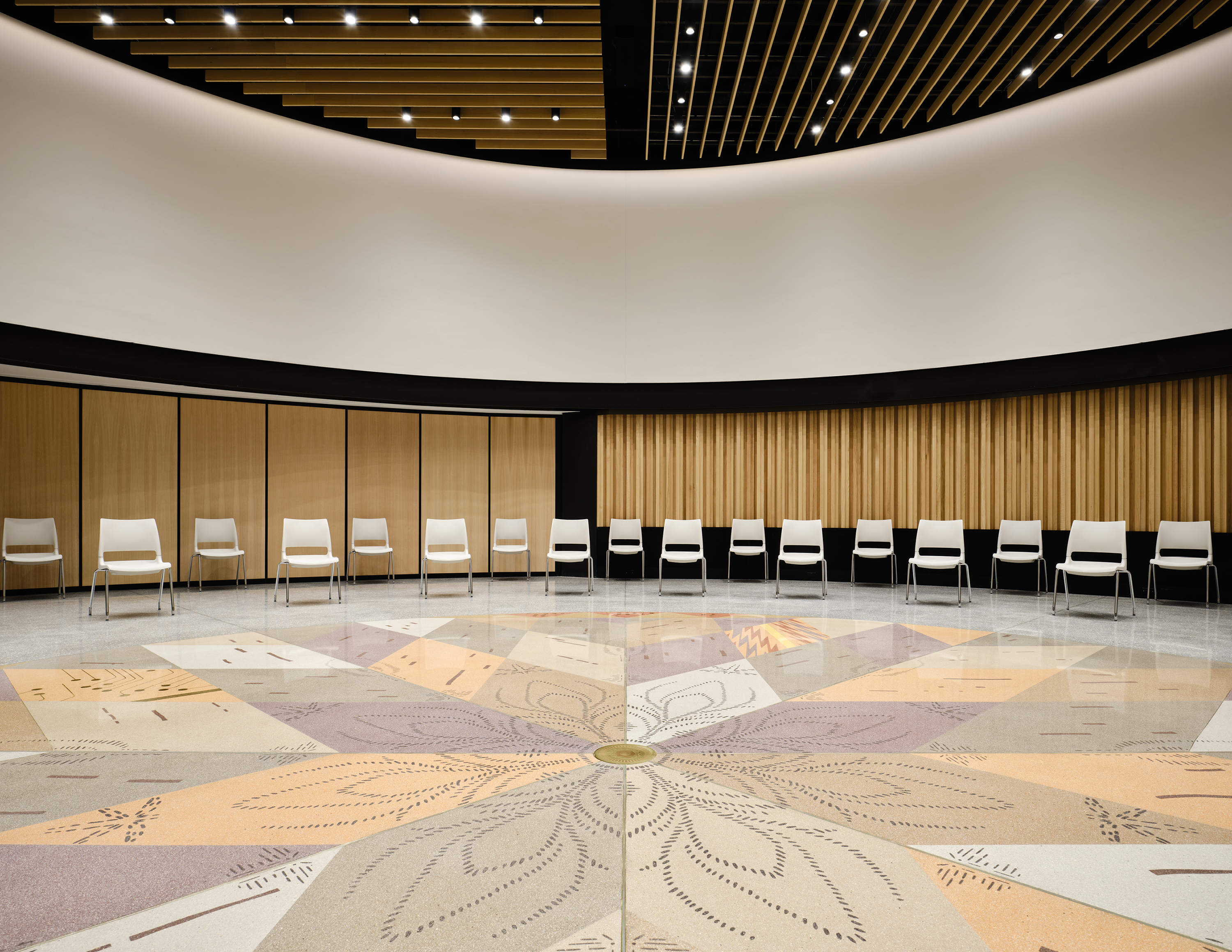Location: Winnipeg, Manitoba
Architecture Practices: Diamond Schmitt Architects Inc. and Number TEN Architectural Group
Chosen by a jury of respected design experts, the 20 projects comprising the OAA’s 2024 Design Excellence Finalists represent a diverse range of building types, including sustainably designed community centres, schools and learning facilities, residences, and an indoor horticultural attraction, as well as performing arts venues in Sudbury and New York City. These Finalists serve as the shortlist for the OAA’s 10 Design Excellence Winners, which will be announced next month and honoured at the OAA Conference in Niagara Falls in May. The biennial OAA Design Excellence Awards program offers Ontario practices the opportunity to display the transformative influence of architecture, promoting broader public recognition and appreciation for the field. The following media statement has been supplied by the submitting project team:
The expansion of Manitoba’s RRC Polytech—the adaptive reuse of an entire city block—from its downtown campus, carries a legacy of innovation to Winnipeg’s inner city. The campus continues to grow with the completion of Manitou a bi Bii daziigae. The 100,000 square-foot facility unites a repurposed heritage building and new construction, and makes significant strides in urban, cultural, sustainable and interior design, creating an engaging crossroads in Winnipeg’s historic Exchange District.

Photo credit: Doublespace Photography

Photo credit: Doublespace Photography
 Photo credit: Doublespace Photography
Photo credit: Doublespace Photography
Climate Action
The architecture profession must play a role in stabilizing the climate change crisis, lowering greenhouse gas (GHG) emissions in favour of clean power. This is one of the reasons why the OAA has chosen “climate action” as a theme in its strategic plan.
As it did in 2020 and 2022, the OAA once again required Energy Usage Intensity (EUI) metrics to be included as part of the submissions process for the 2022 Design Excellence Awards program. EUI is the measurement of a building's annual energy consumption relative to its size. The lower the number, the less impact the building has on our climate. You can learn more about the OAA’s EUI Calculator online tools, free for both members and the public, by clicking here. Attached is the 2030 Ontario Target Data chart, which shows the EUI goals for the 2030 Challenge based on the building type.